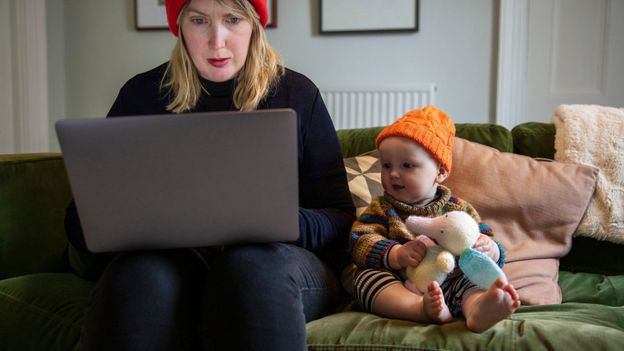Late last year, a tweet from BuzzFeed trends editor Delia Cai went viral: “Another day of staring at the big screen while scrolling through my little screen so as to reward myself for staring at the medium screen all week,” she joked.
It seems right on. More than a year into the pandemic, we are glued to our screens. And it’s not only about binging movies and scrolling through TikTok. As remote work has set in, we’re relying entirely on digital tools to keep in touch with each other and get our work done.
This all-virtual-all-the-time nature of our everyday has led to a worrisome spike in ‘digital intensity’. It’s not just that we’re increasingly using digital tools to work; it’s that we’re also using digital tools more to work more. A new survey from Microsoft tracked the habits of more than 30,000 users in 31 countries over the last year, and the results are alarming.
“People spend 148% more minutes in weekly Teams meetings,” says Jared Spataro, Microsoft corporate vice-president. “An average user is sending 42% more chats after hours, and 200% more chats on weekends. Our customers received 40 billion more emails in February of 2021 than in February of 2020.”
The numbers track with Spataro’s personal experience. He and his team are certainly spending more time in front of their screens. Employees, he says, are attending more and more meetings – sometimes unnecessarily – just to demonstrate they’re present and engaged. Spataro says he’s also “having more one-on-ones than I’ve ever had in my life”, which he attributes to “a base principle: humans crave connection”.
All this plugged-in time is creating a cognitive load that’s tough on our brains. There are some short-term fixes that can help alleviate this digital intensity, but the issue is also driving a larger conversation about what communication – and our jobs in general – should look like in a whole new world of work.
‘Huge cognitive overhead’
Of course, it makes sense that the shift to remote work has meant more time in front of screens. Meetings used to take place in person; now our only option is virtual interaction.
Kate Lister, president of Global Workplace Analytics, a San Diego-based remote work consultancy, cautions that some of the numbers in the Microsoft study should be taken with a pinch of salt. “The criticism is: of course, Teams is being used more now; nobody was using it before,” she says. Working from home naturally requires virtual tools, so the increased usage of Microsoft’s video conferencing app (or similar increases for platforms such as Zoom) is to be expected.













